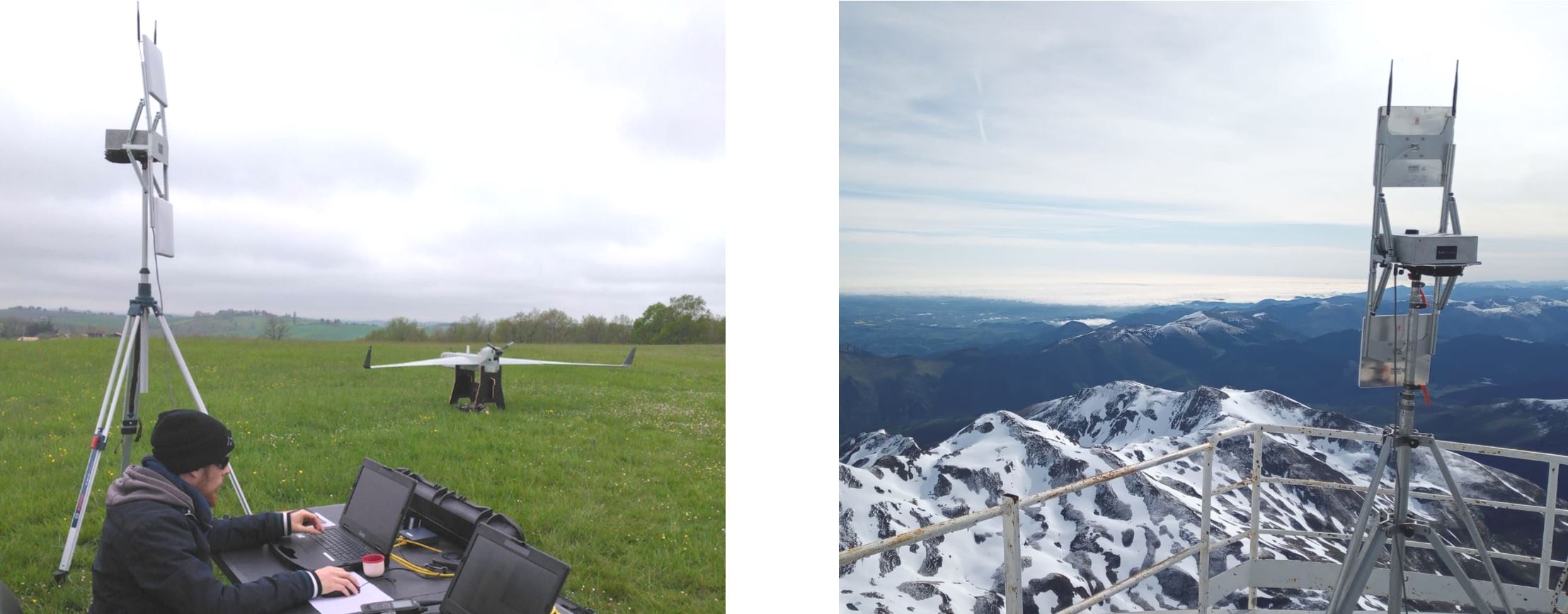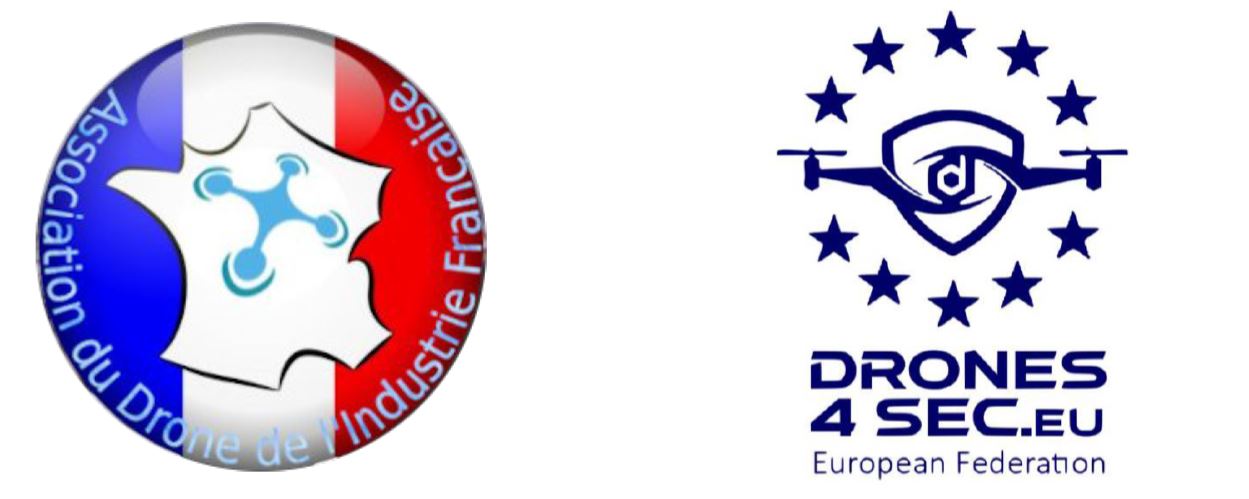Simpulse Puts SDR Back in the Spotlight: Redefining Communication Systems
November 2023
With SDR technology Simpulse can update software within seconds, adjusting transmission characteristics, adding functions like mesh network compatibility, and enhancing resistance to jamming.

Leading developer of high-performance, long-range radio data links Simpulse explores how SDR technology is poised to revolutionize the approach to communication systems in critical environments.
Professional Wireless radio communications are the backbone of modern society, with applications ranging from transportation, public safety, to space and defense. These systems must withstand the harshest conditions and threats, such as frequency congestion, difficult propagation or jamming.
Traditional communication technologies like 4G, 5G, and Wi-Fi, while excellent for general public use, fall short in meeting the stringent security and reliability requirements of these critical applications. To bridge this gap and provide a solution that can adapt swiftly without exorbitant resource allocation, Software Defined Radio (SDR) technology is making a remarkable comeback.
What is SDR?
Software Defined Radio, or SDR, has been in existence for 30 years. While it has been a known technology, it is now re-emerging as the ideal solution for critical applications. SDR replaces traditional hardware radio components with software implemented on a programmable component. SDR hardware platforms may consist of either a powerful generic processor (GPP) or a specific programmable component like a Field-Programmable Gate Array (FPGA). The portion of analogue components remaining to generate the radio signal constitutes also an essential point. However, what sets SDR apart is the ability to run different software on the same hardware platform, offering diverse functions, characteristics, or performance levels.
How Simpulse Leads the SDR Dynamic
While the name suggests “Software Defined Radio,” the underlying hardware platform remains pivotal. Simpulse has taken a pioneering approach by developing its own FPGA-based platform, uniquely tailored to the creation of high-performance radio links. Unlike conventional transmission standards, Simpulse proprietary robust waveforms are specially engineered to meet the demands of secure long distance. These waveforms are generated on the platform through software, providing flexibility and adaptability.
To enhance efficiency further, Simpulse has crafted its own tools for generating waveforms and simulating signal processing algorithms. With SDR technology, the company can update software within seconds, adjusting transmission characteristics,adding functions like mesh network compatibility, and enhancing resistance to jamming. This level of control allows Simpulse to keep within a reasonable budget whilst maintaining sovereignty over its solutions, the heart of which are entirely engineered in France without reliance on foreign technologies.
SDR’s Crucial Role in Critical Applications
The resurgence of SDR technology is redefining the landscape of critical applications, from defense to space exploration, and even industrial scenarios. Traditional communication technologies lack the adaptability and flexibility required in these dynamic environments. SDR technology not only meets these challenges head-on but exceeds expectations with its capacity to deliver on-demand, secure, and reliable communication solutions.
- In the industrial landscape, where robotics play a vital role, SDR opens new possibilities. It allows for efficient communication in environments that would otherwise hinder traditional radio technologies. Whether underwater, within nuclear enclosures, or amid frequency disturbances, SDR enables reliable and adaptable communication solutions.
- In the space sector, the role of SDR is equally pivotal. Whether it’s the guidance of orbital launchers or the communication needs of satellite missions, SDR offers the flexibility needed to adapt to mission-specific requirements. With SDR, space agencies can save resources and increase mission success rates by reconfiguring communication systems as needed, ensuring they remain resilient to the harsh conditions of space.
- In the defense sector, the ability to rapidly adapt radio communications to the changing conditions on the battlefield is a game-changer. Electronic warfare is a constant threat, and SDR allows for swift adjustments, ensuring military operations are not compromised. Furthermore, SDR’s adaptability ensures compatibility with the latest technologies, enabling seamless communication even in the most challenging scenarios.
Simpulse’s groundbreaking work in the field of SDR technology is breathing new life into critical applications. By developing their own FPGA-based platform, crafting proprietary waveforms, and creating advanced tools for signal processing, Simpulse is at the forefront of SDR innovation. Their solutions address the pressing need for secure, reliable and adaptable communication systems in industrial sectors, public safety, space, and defense.
As SDR technology takes center stage, it offers an unprecedented level of control and adaptability, making it an ideal choice for applications where traditional communication systems fall short. With Simpulse leading the way, SDR technology is poised to revolutionize the way we approach communication systems in critical environments, ensuring that they remain robust, secure, and efficient in the face of evolving challenges.

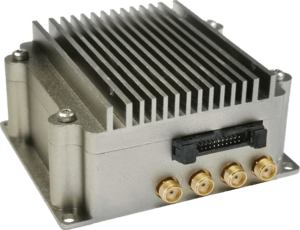
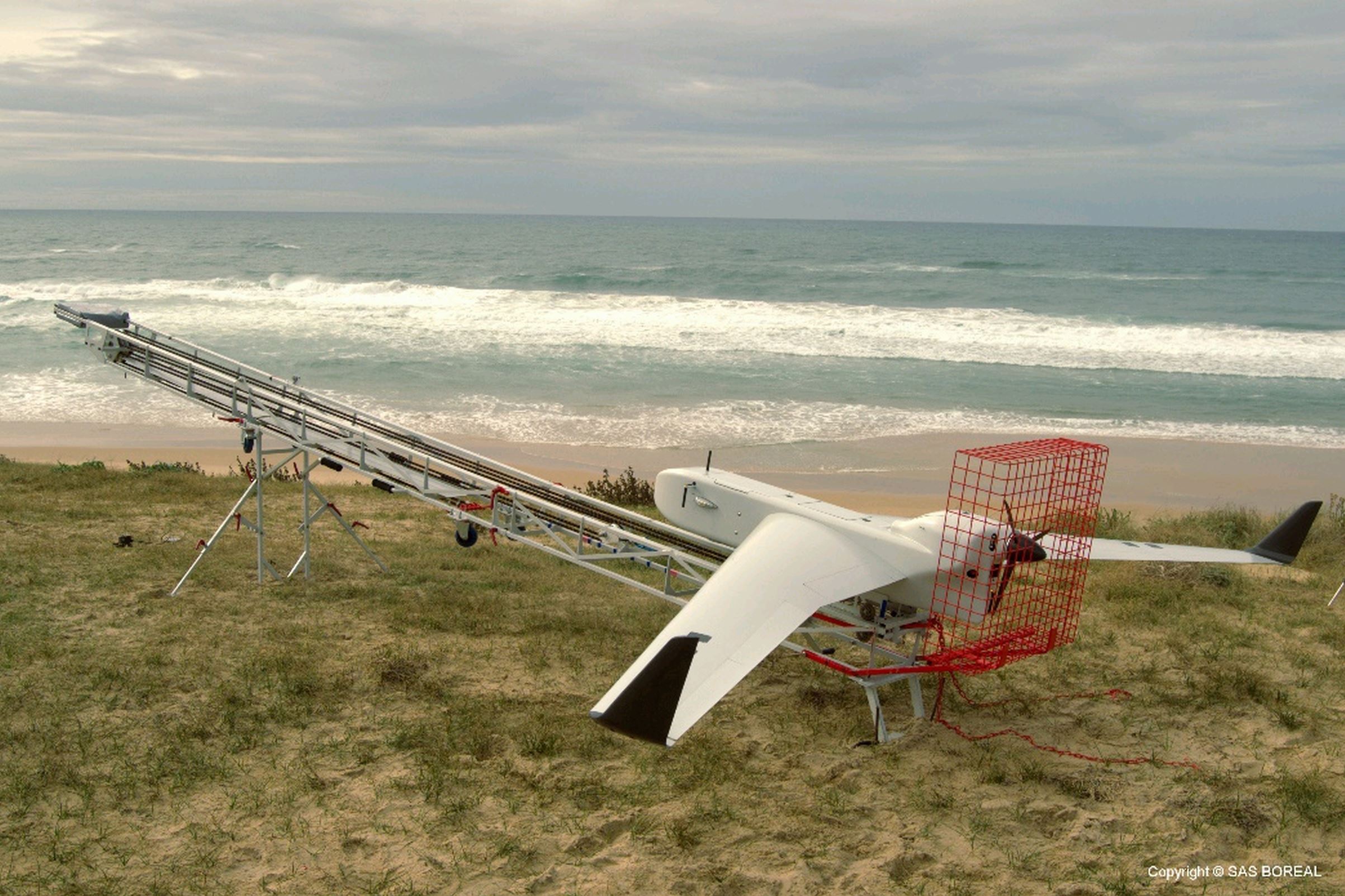
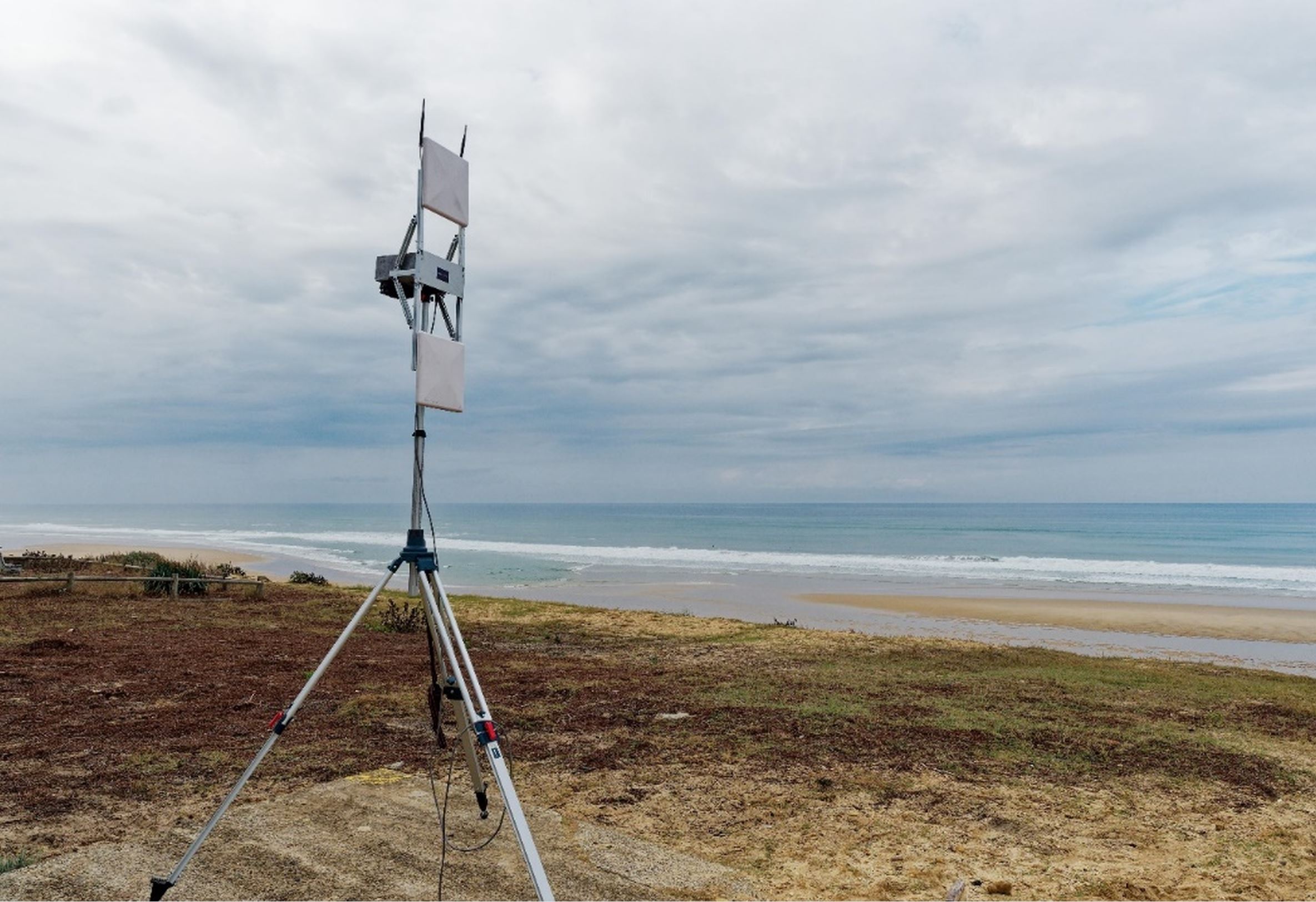 Thus, the BOREAL ISR drone, particularly suitable for long-distance missions, was operated with the SIMPULSE compact SDR radio technology on board which adapts its data rate to the propagation conditions, used in the SL200 on-board modem and the ground tracking antenna GRS-T200.
Thus, the BOREAL ISR drone, particularly suitable for long-distance missions, was operated with the SIMPULSE compact SDR radio technology on board which adapts its data rate to the propagation conditions, used in the SL200 on-board modem and the ground tracking antenna GRS-T200.